Why should you choose Learning Tree?
The Science on Fitness and Learning
Our Educational Philosophy:
When educational activities are interspersed with regular physical activity it creates an environment where the whole body is ready to learn!
Excerpt from: How Does Physical Activity Affect Academic Performance?
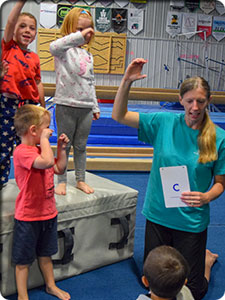
The CDC states, “…physical activity can have an impact on cognitive skills and attitudes and academic behavior, all of which are important components of improved academic performance. These include enhanced concentration and attention as well as improved classroom behavior.”
Active Living Research says, “In some cases, more time in physical education leads to improved grades and standardized test scores.” In schools that are under government mandates to bridge the achievement gap (and when those mandates encourage “teaching to the test”), physical education can actually help improve the students’ scores.
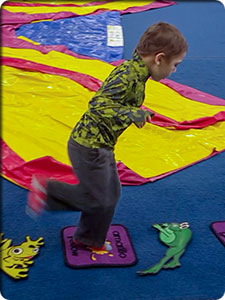 Exercise directly impacts the behavior and development of the brain. “It is likely that the effects of physical activity on cognition would be particularly important in the highly plastic developing brains of youth,” according to an essay penned by Charles Basch of Columbia University.
Exercise directly impacts the behavior and development of the brain. “It is likely that the effects of physical activity on cognition would be particularly important in the highly plastic developing brains of youth,” according to an essay penned by Charles Basch of Columbia University.
He summarized how exercise affects executive functioning:
- Increased oxygen flow to the brain
- Increased brain neurotransmitters
- “[Increased] brain-derived neurotrophins that support neuronal differentiation and survival in the developing brain.” Neurotrophins assure the survival of neurons in areas responsible for learning, memory, and higher thinking.
The CDC report referenced above can be found here.
Excerpt from: Reading Readiness Has To Do With The Body
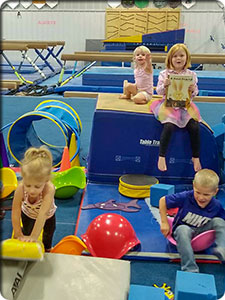 In order for children to read, write and spell they must be developmentally ready. Some are ready at the age of four or five, some not for many years later. This readiness includes complex neurological pathways and kinesthetic awareness. It includes the proprioceptive sense developed through sensory receptors in the muscles, joints, and tendons: a form of maturation essential for a physical sense of self (even essential for learning how to modulate one’s voice and to hold objects carefully).
In order for children to read, write and spell they must be developmentally ready. Some are ready at the age of four or five, some not for many years later. This readiness includes complex neurological pathways and kinesthetic awareness. It includes the proprioceptive sense developed through sensory receptors in the muscles, joints, and tendons: a form of maturation essential for a physical sense of self (even essential for learning how to modulate one’s voice and to hold objects carefully).
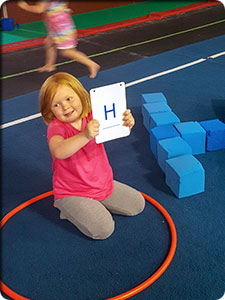 Such readiness isn’t created by workbooks or computer programs. It’s the result of brain maturation as well as rich experiences found in bodily sensation and movement.
Such readiness isn’t created by workbooks or computer programs. It’s the result of brain maturation as well as rich experiences found in bodily sensation and movement.
These experiences happen as children play and work, particularly in ways that cross the midline. They includes expansive movements such as climbing, jumping, digging, swimming, playing hopscotch and catch, riding bikes, sweeping, running. They also include fine movements such as chopping vegetables, drawing, building, playing rhyming and clapping games, using scissors, and playing in sand. And of course there’s the essential growth that comes from snuggling, listening to stories, singing, trying new tastes, enjoying make believe. Children are drawn to such experiences. Without them, they won’t have a strong foundation for learning.
Click here to read the full article.
Excerpt from: Build Your Muscles, Build Your Brain
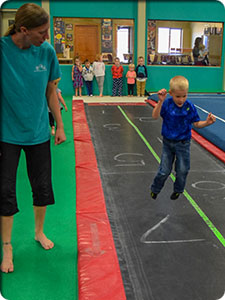
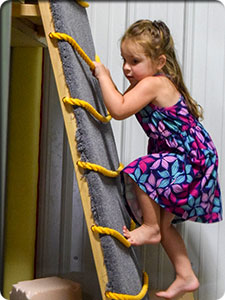 Exercise and learning go hand in hand. Physical activity not only facilitates the birth of new brain cells, it also produces smart chemicals that promote learning. Find out how you can reap the benefits when you keep your body (and brain!) healthy.
Exercise and learning go hand in hand. Physical activity not only facilitates the birth of new brain cells, it also produces smart chemicals that promote learning. Find out how you can reap the benefits when you keep your body (and brain!) healthy.
Click here to read the full article.

